Carara National Park: A Guide to Wildlife Sightings
Carara National Park in Costa Rica is a wildlife haven, renowned for its colorful scarlet macaws. This guide covers the best viewing spots, safety tips, and the optimal times for wildlife sightings, enhancing your visit to this biodiverse sanctuary.
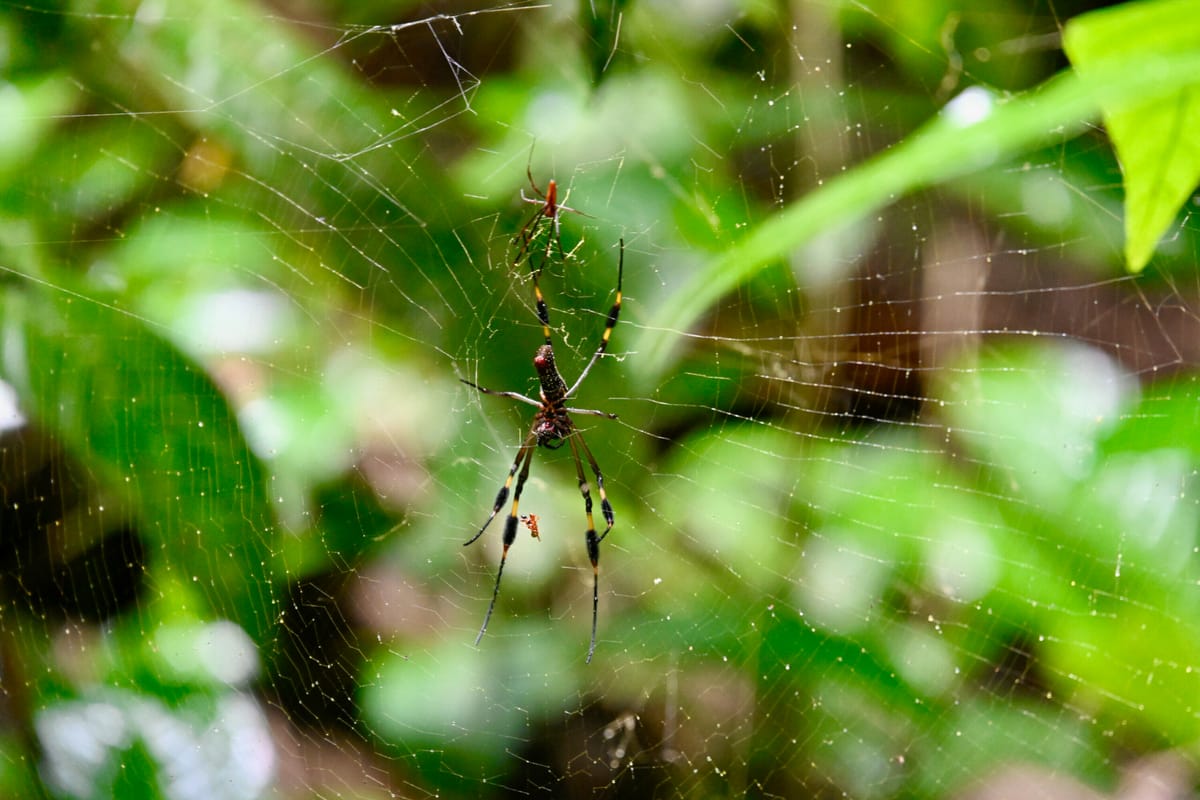
Nestled in the heart of Costa Rica, Carara National Park is a sanctuary of biodiversity, attracting nature enthusiasts from around the globe. Among its most colorful inhabitants are the scarlet macaws, a sight that epitomizes the park's vibrant ecosystem. This guide offers insights into where and when to spot these magnificent birds, alongside advice on navigating the presence of the park’s more dangerous creatures, ensuring a safe and memorable experience.
Where to Find Scarlet Macaws in Carara National Park
Drake Bay: The serene Drake Trail is a haven for scarlet macaws, drawn to the abundant almond trees that line the beaches. Visitors are treated to the sight of these birds feasting on almonds, their vibrant red, yellow, and blue plumage contrasting beautifully against the green backdrop.
Bijagual Falls - Jaco: Just a stone's throw from Jaco, the trail to Bijagual Falls offers another prime viewing spot. The lush surroundings serve as a natural habitat for the macaws, providing a spectacular display for birdwatchers.
Park’s Parking Area: As the day wanes, the parking area becomes a stage for the returning macaws. Late afternoons are particularly rewarding, as the birds gather to roost, offering a splendid birdwatching opportunity.
Hiking Trails: The park’s trails are not just about the trek; they're a skyward gallery of macaw pairs gliding overhead. A leisurely hike is punctuated by the sight of these birds, adding a dash of color to the canopy.
To fully embrace the park's biodiversity, a slow and observant walk is recommended, allowing the sights and sounds of the forest to envelop you fully.
Best Time for Wildlife Viewing in Carara National Park
The park comes alive in the early hours, with the chorus of birdsong and the rustle of animals stirring. This window before the noon heat is golden for wildlife enthusiasts, offering the best chances of sightings as animals seek out the morning cool. Post-midday, the forest's inhabitants retreat to the shade, making early visits all the more crucial for a rich viewing experience.
Dangerous Creatures in Carara National Park
Reptiles: The park is home to several venomous snakes, including the Fer-de-Lance, Eye-lash Viper, and Coral Snake, each carrying its own dangers. Additionally, the American Crocodile, especially near the Tarcoles River, poses a risk to the unwary.
Mammals: While sightings are rare, the park does host apex predators like Pumas and Jaguars, commanding respect and caution.
Amphibians: The colorful poison dart frogs, though small, secrete toxins potent enough to cause severe health issues, underlining the park's hidden dangers.
Safety Precautions for Animal Sightings
To ensure a safe visit, keeping a respectful distance from wildlife is paramount. Staying on marked trails not only protects you but also preserves the park's fragile ecosystem. Nighttime exploration is discouraged due to increased activity from potentially dangerous animals. The Tarcoles River's crocodile inhabitants warrant extra caution near water. For a comprehensive and safe experience, considering a guided tour can enhance your visit, offering expert insights while navigating the park's wonders.
Conclusion
Carara National Park is a testament to Costa Rica's commitment to conservation, offering a window into a world of unparalleled natural beauty. The scarlet macaws symbolize the park's essence, a burst of color and life amidst the verdant expanse. By following these guidelines, visitors can immerse themselves in the spectacle while contributing to the preservation of this natural treasure for future generations.
FAQs
What is the best time of year to visit Carara National Park? The park is accessible year-round, but the dry season from December to April offers more predictable weather, enhancing the wildlife viewing experience.
Can I bring my pet to Carara National Park? Pets are not allowed in the park to protect the wildlife and natural habitat.
Are there facilities in the park? Basic facilities, including restrooms and picnic areas, are available near the entrance.
How much time should I allocate for a visit? A half-day visit is sufficient for a general tour, but a full day or more allows for a deeper exploration of the park's trails and habitats.
Is there an entrance fee? Yes, there is a modest entrance fee that contributes to the park's maintenance and conservation efforts.
Are there guided tours available? Yes, guided tours are available and highly recommended to enhance your experience with expert insights into the park's ecology.
What should I bring for a day trip to the park? Comfortable walking shoes, water, sunscreen, insect repellent, and binoculars for birdwatching are essential for a day trip.
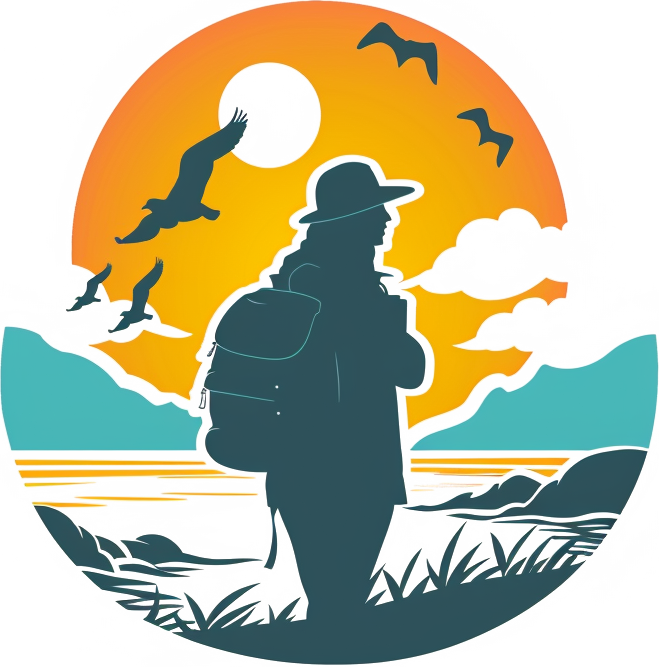
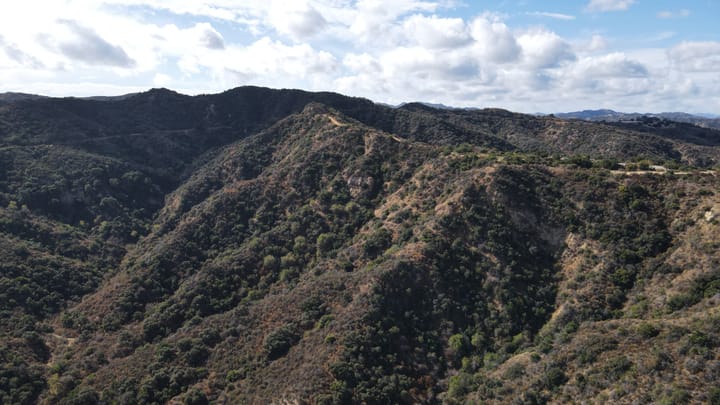
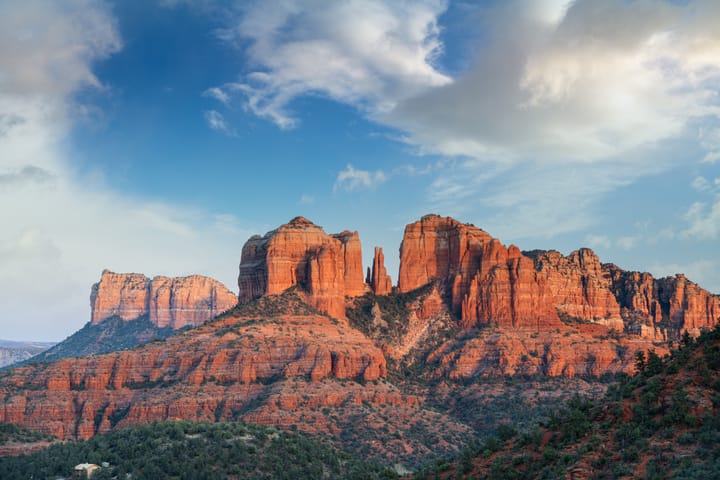
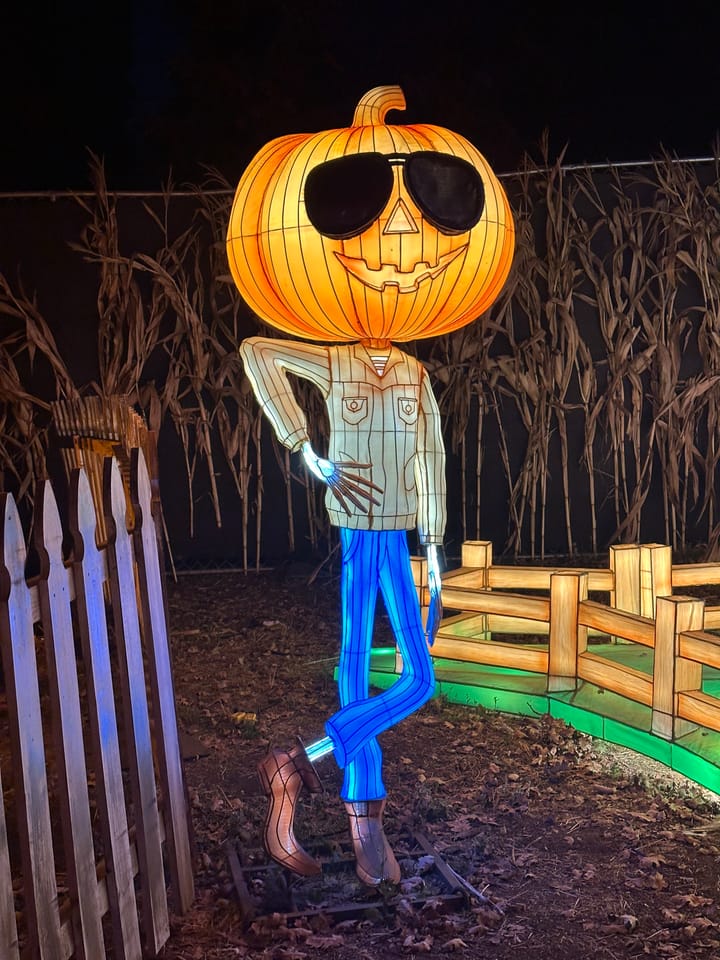
Comments ()